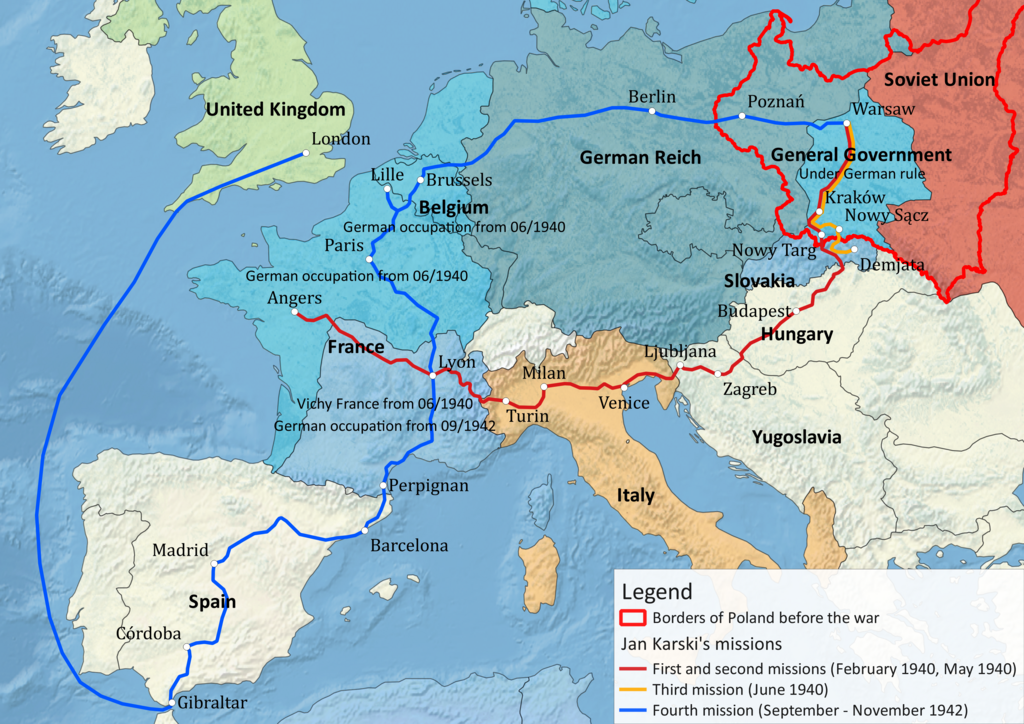If we're going to re-name the street with something rebranded to reflect the Red Sox, and also be historically accurate, it could be named Sold At Low Price Street. That's pretty cumbersome, I know, so they could do it as an acronym: SALP Street, with little plaques under each street sign to explain the acronym to tourists.
However awkward the name might look, it does accomplish the following:
1) It's accurate to the history of the Sox and the City and how the two have handled this street.
2) It's not racist.
3) It would help with the branding of the Red Sox, along the lines of: "you're going to get financially gouged paying to get in this park, and you're going to get financially gouged by vendor prices after you're in, so you may as well be reminded of how you got gouged by the transaction to sell this "street" on the cheap back in 2013.
However awkward the name might look, it does accomplish the following:
1) It's accurate to the history of the Sox and the City and how the two have handled this street.
2) It's not racist.
3) It would help with the branding of the Red Sox, along the lines of: "you're going to get financially gouged paying to get in this park, and you're going to get financially gouged by vendor prices after you're in, so you may as well be reminded of how you got gouged by the transaction to sell this "street" on the cheap back in 2013.
Last edited:


